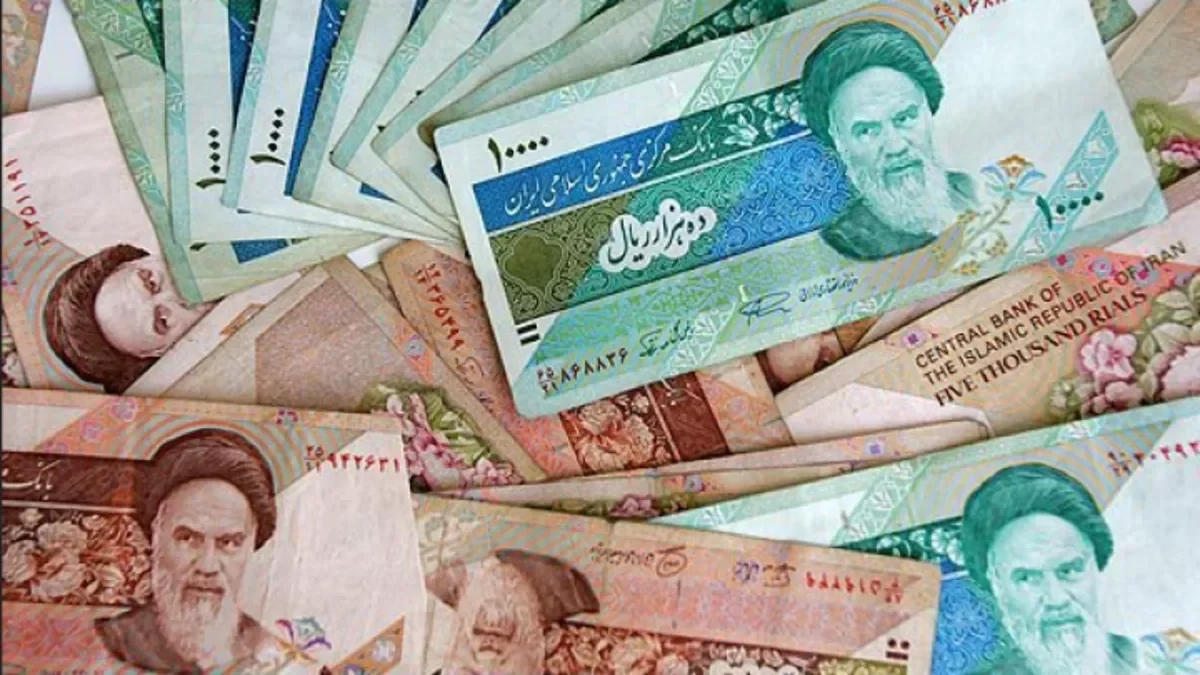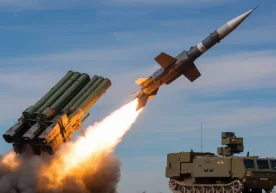
The decision, which is of great importance for the Iranian financial system, has officially come into force: the Central Bank's management received an official warning from Piziskyan about the amendments to the law. This change entails the denomination of the national currency of the country - the rial, that is, the elimination of four zeros. According to the new system, 10,000 riyals are now counted as 1 riyals.
At the same time, a new unit - qiron - is introduced into the country's monetary circulation. It will be equal to one hundredth of a rial and is expected to play an important role in future calculations. The Iranian government intends to implement this reform not in one year, but gradually: during the three-year transition period, old and new riyals will be in circulation simultaneously. This is done for the purpose of population adaptation and maintaining market stability.
The bill on denomination was adopted by the parliament in October 2024. Although the debates were heated, 144 deputies supported the reform, 108 opposed it, and three abstained. This also testifies to the seriousness of the economic situation and currency problems in the country.
The Iranian government's plan to change the riyals was first put forward in 2019. Since then, the proposal has been reviewed several times, and various options have been discussed. In 2024, Pizishkiyon proposed renaming the rial and reintroducing the pre-Islamic currency - the district. However, this idea did not receive sufficient support in parliament and was not adopted.
Currently, Iran is living with two different rates: the official rate and the "black market" rate. While the Central Bank set 1 US dollar at 42,000 riyals, the price of the dollar rose to 1,127,000 riyals in the informal market due to sanctions and currency restrictions. This further increased the demand for dollars among the public to avoid inflation.
The inflation rate also puts significant pressure on the country's economy. In September 2025, the consumer price index was around 45.3 percent. According to the World Bank, inflation in 2024 was 32.5%. These indicators further clarify the problems in the Iranian economy.
Therefore, the denomination of rials is carried out not only to facilitate monetary circulation, but also to restore public trust, simplify economic calculations, and achieve long-term stability. According to observers, if this process is well managed, it can open a new page for the country's economy.
Read “Zamin” on Telegram!Users of Меҳмон are not allowed to comment this publication.














